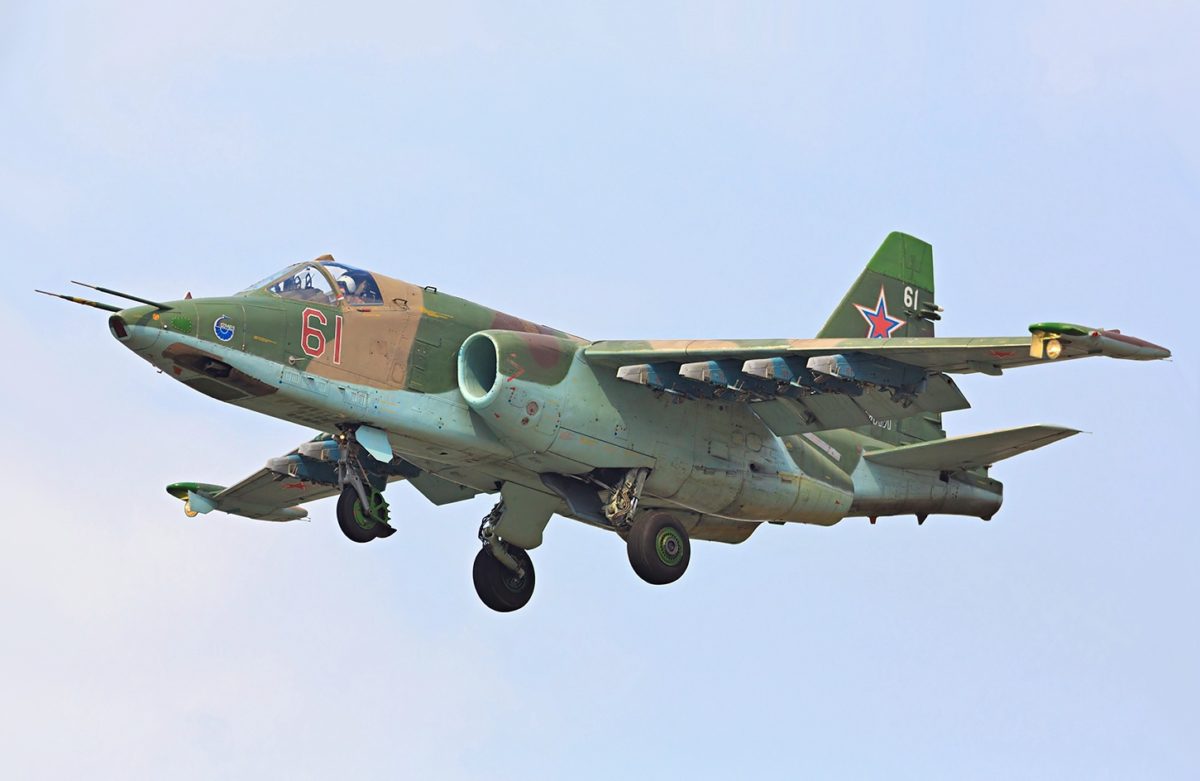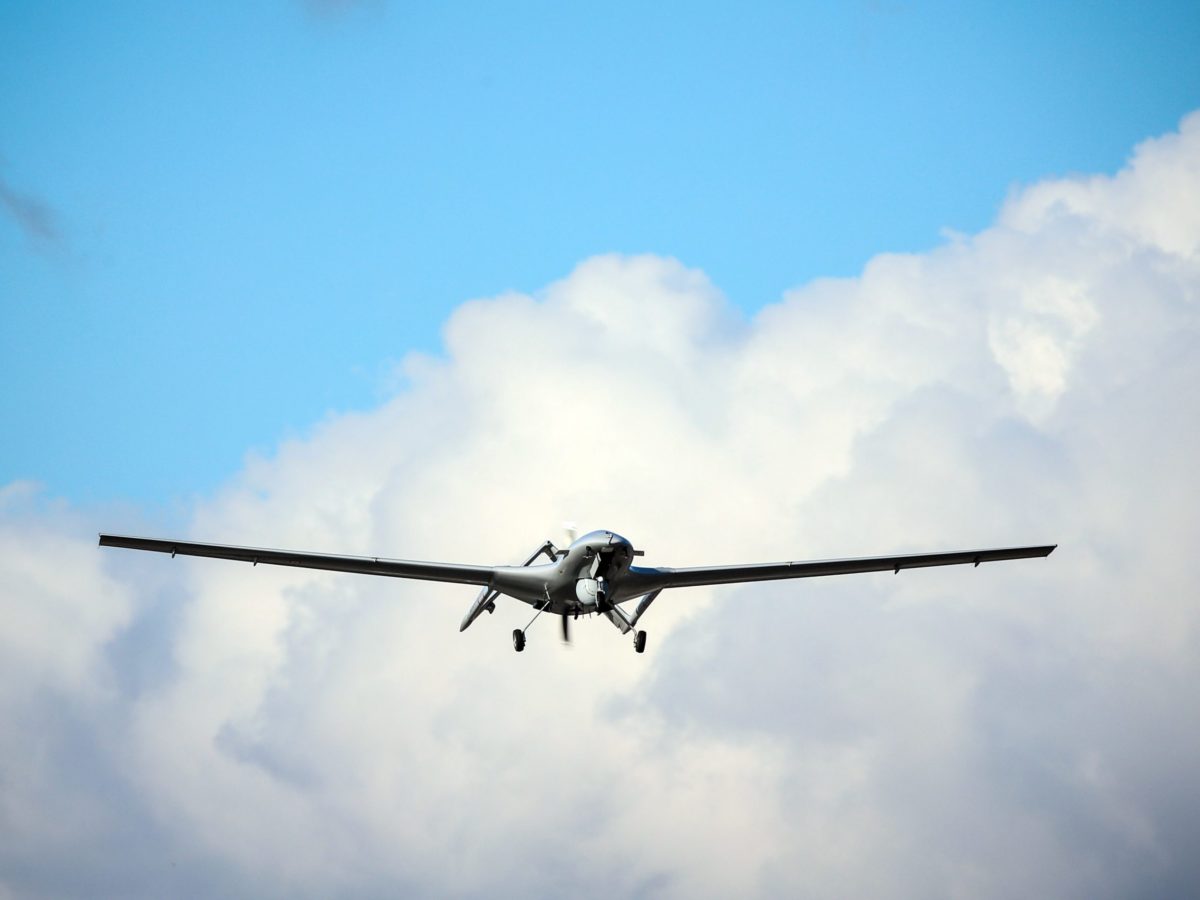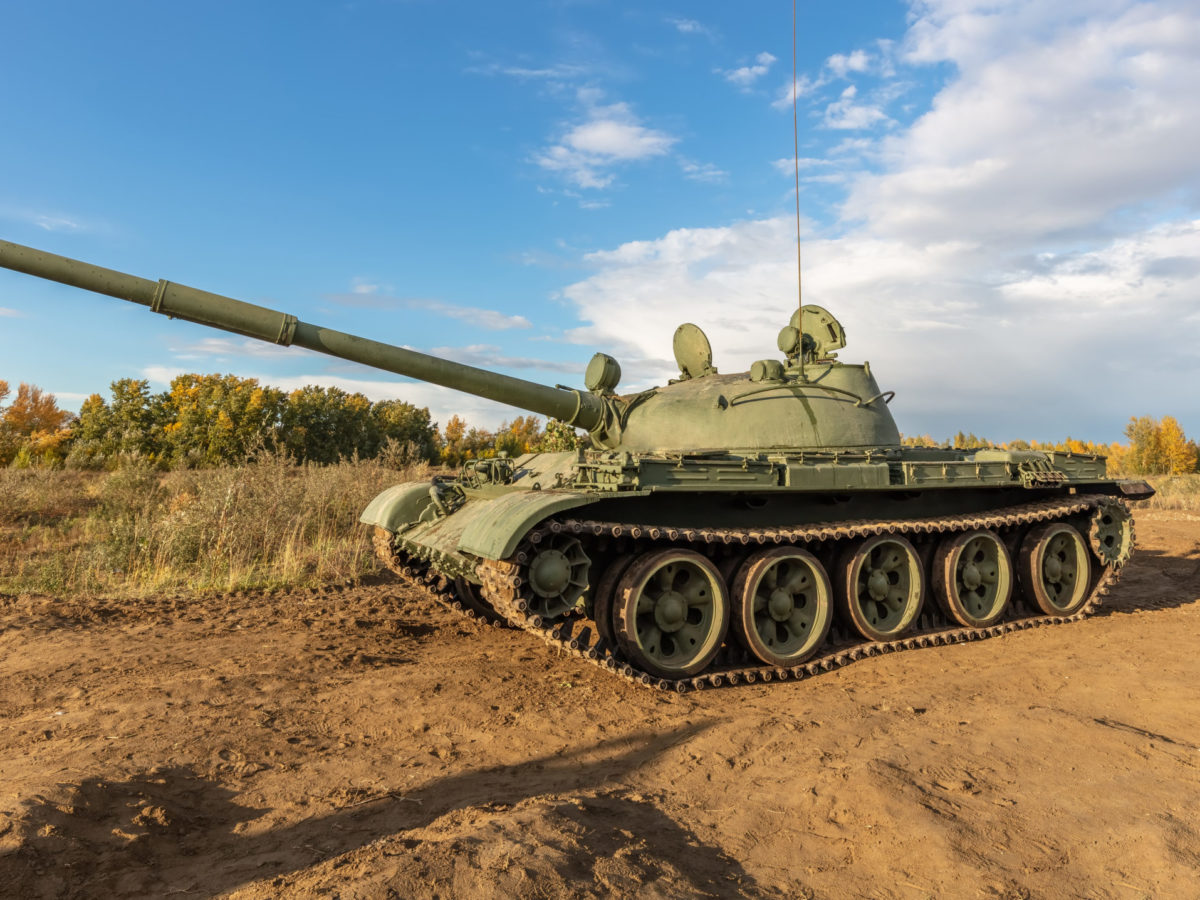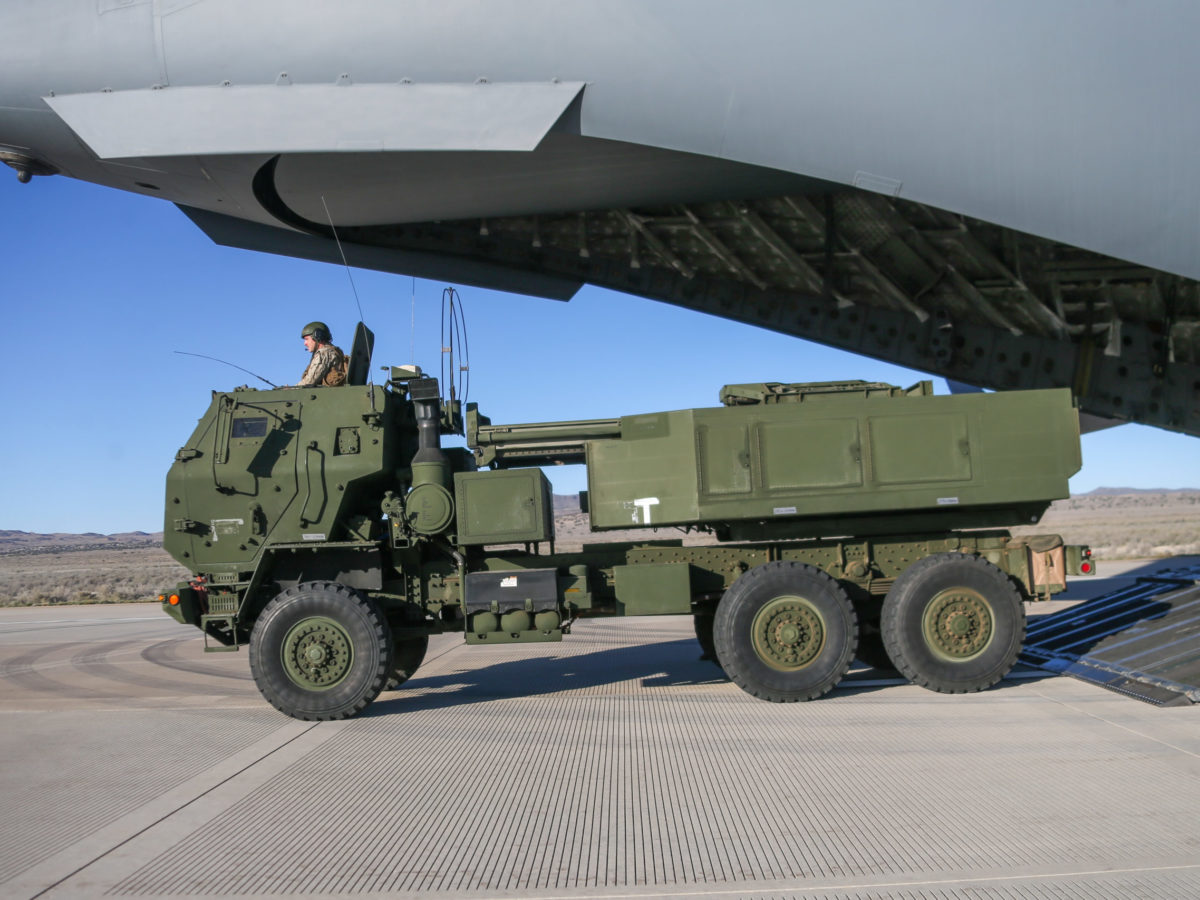The current conflict in Ukraine has seen a remarkable clash of state-of-the-art technical sophistication and old-fashioned fundamentals. Most of the newest weapons have been wielded with disproportionate success by the Ukrainians, while the Russian invaders seem to have been most effective with large quantities of older, simpler but still deadly weaponry.
A case of the latter is the Sukhoi Su-25. An armored close air support, or CAS, plane, it is virtually a jet-powered descendant of the Ilyushin Il-2 Shturmovik that played such a major role in winning World War II, but the Su-25 is known as the Grach (“rook”) to its Russian pilots, who have expressed some annoyance at the North Atlantic Treaty Organization’s codename for it: Frogfoot.
GET HISTORY’S GREATEST TALES—RIGHT IN YOUR INBOX
Subscribe to our HistoryNet Now! newsletter for the best of the past, delivered every Monday and Thursday.
History of the Su-25
The Su-25 was designed by Pavel Sukhoi and his Sukhoi Design Bureau Stock Company in Moscow for a new generation of tactical jet aircraft. It first flew on Feb. 22, 1975, and after being chosen over the rival Ilyushin Il-102, entered in production at Sukhoi and at the Novosibirsk Aircraft Association. It entered service on July 19, 1981 and was soon put through its paces in support of Soviet and Afghan government forces against the mujahideen.
Su-25s figured prominently in Soviet operations in Afghanistan, but 23 were shot down by various anti-aircraft weapons used by the mujahideen and a similar number were non-operational losses. An Su-25 shot down near Kabul in January 1989 was the last Soviet aircraft loss before they withdrew from Afghanistan.
The export version, the Su-25K, has been sold to 17 countries and used in about as many wars. During the latter half of the Iran-Iraq War, 69 Su-25Ks were used by the Iraqi Air Force and flew 900 sorties. Only two were lost, and one revealed why — although hit by an Iranian MIM-23 Hawk surface-to-air missile, its pilot managed to bring his plane back.
Aging though they were, Su-25s saw action in numerous 21st century conflicts. In 2014, Iraqi Su-25s flew 3,562 missions between June 2014 and December 2017, playing a vital role in driving the Islamic State out of northern Iraq. In Syria, about a dozen Su-25s helped drive the Islamic State out of Syria, flying 1,600 missions and dropping 6,000 bombs by March 15, 2016. Both the Armenians and Azerbaijanis used Su-25s in their 2020 war over Nagorno-Karabakh, but there were not enough to play a decisive role.
More on the Weapons of the Russia-Ukraine war
SU-25 Stats
What distinguishes the Su-25 in its role is the attention paid toward pilot and component protection. The airframe if 60% aluminum, 19% steel and 13.5% titanium. The cockpit is similar in principal to the “armored bathtub” that protected the Il-2’s crew, with 24 mm of all-welded titanium alloy. Redundant controls and armored fuel lines allow the aircraft to sustain damage and still be capable of being flown back to base, but if all else fails the pilot can resort to his K-36L Zvezda ejection seat.
The Su-25K has a wingspan of 47 feet and 1 inch, a wing area of 365 square feet and a length of 50 feet, 11 inches. Empty weight is 21,605 pounds, and maximum takeoff weight is 42,549. Powered by to Soyuz/Gavrilov R-195 turbojets, each generating 9,930 pounds of thrust, it can attain a speed of 606 mph (Mach .79) with a maximum range of 620 mph and a combat range of 470 miles. Climb rate is 11,400 feet per minute to a maximum ceiling of 23,000 feet.
The Su-25’s offensive punch is mainly carried on any of 10 underwing pylons, including guided missiles, laser guided rockets and plain “iron bombs.” It can also pack Gryazev-Shipunov GSh-30-II 30 mm or GSh-23 23 mm twin barrel cannons with 250 rounds each. Although air-to-air is not the plane’s forte, its pylons can also carry R-3S (NATO designation AA-2D Atoll) or R-60 (NATO code AA-8 Aphid) air-to-air missiles. The latest variant, the Su-25SM, features a navigational computer, countermeasures suite, an SUO-39 fire control system and Phazotron-Kopyo-25M radar.
Although its range is shorter and its payload less than those of its American counterpart, the A-10 Thunderbolt II (better known as the Warthog), the Su-25 can operate from rougher fields closer to the combat zone and cumulatively deliver more ordnance faster. Both aircraft have have repeatedly demonstrated the benefits of having two engines in cases in which one was knocked out and the other sufficient to get the plane home.
A total of 1,024 Su-25s have been produced between 1978 and 2017, in a wide variety of improved CAS models and two-seat trainers. There has also been a navalized two-seater with arrestor gear operating from the aircraft carrier Admiral Kuznetsov.
The SU-25 in the Russia-Ukraine War
Needless to say, the Grach has been active in Russia’s “special military operation” in Ukraine — literally right from the beginning, when Moscow announced the loss of one of its Su-25s on Feb. 24, 2022, due to “pilot error.” Coincidentally or not, a video allegedly taken that same day has spread on the internet showing a Ukrainian Mikoyan-Gurevich MiG-29 fighter chasing a Russian Su-25 at low altitude, a classic duel of speed against maneuverability whose outcome doesn’t look all that conclusive.
Ukraine had or acquired 92 Su-25s of various subtypes since it achieved independence and had 17 operational by the time of the invasion, distributed in the 299th Tactical Air Brigade at Kulbakino in the Mykolaiv Oblast, 456th Assault Regiment at Chotkiv and the 4070th Reserve Base. On Feb. 26, however, three of those Ukrainian Su-25s were shot down near Kherson, two pilots being killed and the third, Andrey Maksinov, taken prisoner.
It says something of the Su-25’s ruggedness and the effectiveness of anti-aircraft defenses on both sides that by mid-August the Russians reported the loss of eight Su-25s and Ukraine the loss of eight. Russian losses included retired Maj. Gen. Kanamat Botashev on May 24 and retired Col. Nikolay Markov on the 27th, both killed. What two retired senior officers were doing in combat remains undetermined. Among the Ukrainian casualties, Capt. Yegor Seredyk was shot down and killed near Izyum on April 14, subsequently being awarded the order of a Hero of Ukraine. Downed and captured by the Russians on the same day, Roman Vasyliuk was released in a prisoner exchange 10 days later.
As the war continues, it seems likely that more will be heard of Su-25 activities and exploits of pilots from either or both sides in the days, weeks or months to come.
historynet magazines
Our 9 best-selling history titles feature in-depth storytelling and iconic imagery to engage and inform on the people, the wars, and the events that shaped America and the world.









